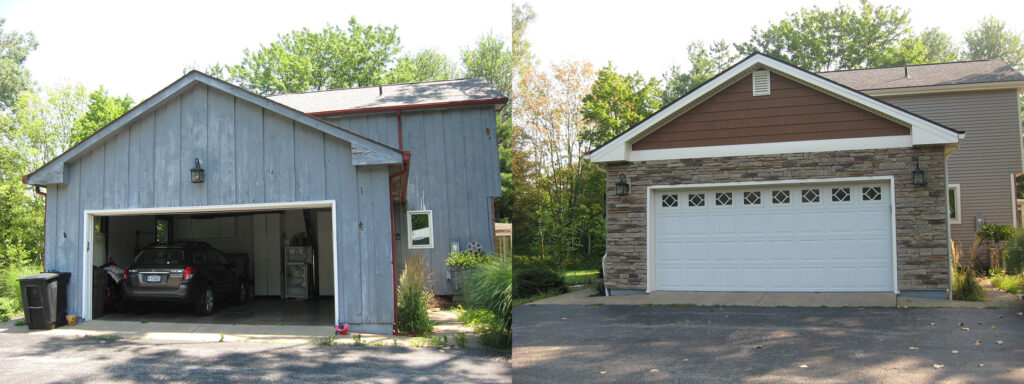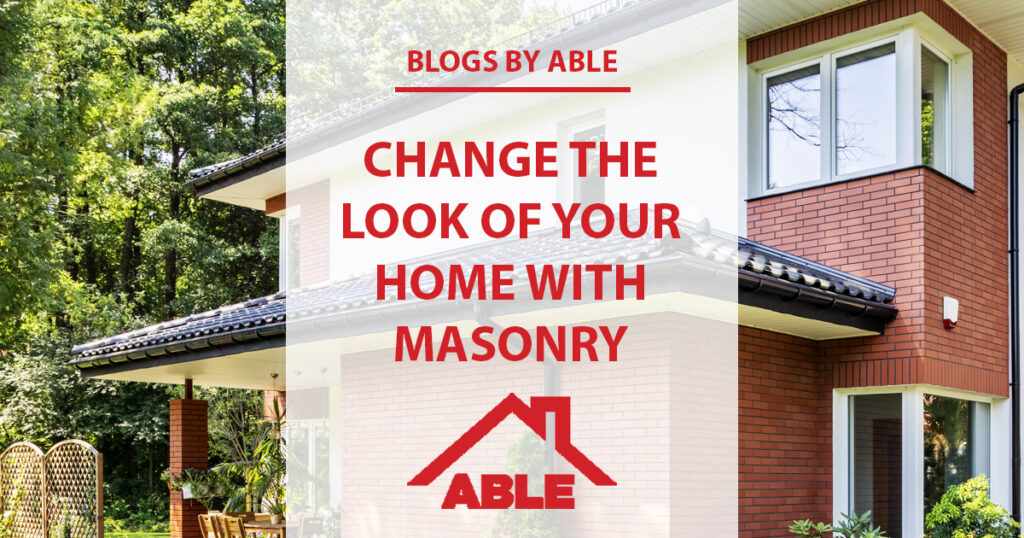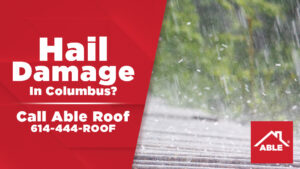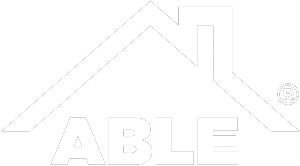Are you bored with the look of your home and want to give it a much-needed face-lift? Are you looking to sell your home but don’t want to spend tons of money to give it curb appeal? You might want to consider changing the look and feel of your home with stone or brick through masonry.
Stonemasonry has been around since the beginning – quite literally! The art and science of working with stone to make structures, tools, and landmarks is one of the earliest known occupations in history. To get an old-style appeal or a chic new look, all you need is rocks, stones, and/or pebbles.
Do You Want Real or Artificial?
Real or “natural” stone is found in a rock quarry and delivered to your home. Often, the delivery of the goods can exceed the cost of the actual product. The appeal of natural stone is its timeless quality in that it will always look great. Homes made from stone centuries ago still stand today and look just as beautiful as the day they were completed. However, there is the downside of certain quarries in your area not having the type of stone you want for your home, so you might need to do a little research.
Artificial stones are made by hand or machine and are sometimes referred to as “cast stone.” You can get a copy of any stone that is almost indistinguishable from the real thing. Artificial stone is made by mixing together cement, aggregate, and different dyes and colorants to get it as close to the original product as possible.
 Painting Your Stone? Think About It First!
Painting Your Stone? Think About It First!
While painting the exterior of your stone/brick structure is a quicker and sometimes cheaper option, you should keep in mind that it is nothing like slapping a coat of paint on an interior wall. The specialized paint for stone/brick is permanent (meaning you cannot remove it, only repaint it) and requires upkeep every few years. Make sure this is absolutely what you want to do for your stone or brick surface.
Improperly applied paint may trap moisture inside porous rocks or on the surface of nonporous stones; this can cause substantial physical damage when it freezes. As with most projects dealing with home upgrades or projects, it’s best to consult a professional first for their opinion before attempting it on your own.
Veneer Gives a New Look Without a Full Price
If you don’t want to rebuild a structure or use brick/stone on the front or sides of a house (which takes considerable time and money to do), a veneer or façade might be the best way to go.
A veneer is a thin layer of material (think of veneers used on teeth), giving the appearance of stone without actually using stone. A veneer takes away the need for added structural support for the weight of the full stone and can be applied to multiple surfaces. You can even apply artificial stone veneers to wood, foam, or other surfaces!
Get a Piece (or Many Pieces) of History for Your Walk/Driveway
Did you know you can buy recovered historic stone? There are many local brickyards or stone/brick reclamation businesses that specialize in “antique brick pavers,” which are stones and bricks taken from old streets. Imagine having a walkway leading to your house or a driveway made completely from brick from a street laid in the late 1800s! This can add a classic, historic look and is a wonderful conversation piece for history buffs and recycling enthusiasts.
There are some things about the stone to consider when mixing mortar, laying it, dry-settings, repointing, cutting, and more. If you’re a die-hard “DIYer,” make sure to at least confer with a professional stonemason for extra tips as well as taking these suggestions to heart before starting your project:
 Stick to It
Stick to It
The typical mixture for a good mortar “recipe” is 1:4 (cement to sand ratio). Occasionally, a small amount of lime is mixed in if it needs a stickier consistency. If the mixture is too wet, it will run off the exterior and won’t have a good hold. A mixture that is too dry will set/dry far too fast and you will be unable to reposition the materials if you make a mistake or change your mind.
Mortar-less Building Made Simple
Sometimes you can dry-lay brick and it will hold up just fine. Consider a tower in the game of Jenga; every time you make the tower higher by removing a piece of wood from the structure and stacking it on top, you are also making the base skinnier.
This principle is the same when you’re dry-laying stone. The higher you want your wall or structure, the thicker the base structure needs to be. Dry-laid stone structures rely on weight to keep it all together and, like the Jenga tower, if the base is too skinny, it becomes top heavy and can topple over more easily.
Pointers on Repointing
If you lack mortar in between bricks, then it needs to be repointed or “tuckpointed” by a tuckpointing expert (different terms apply to different locations). A mortar joint, like caulking a bathtub, simply keeps water out and maintains integrity. Remember: the spaces in between stones can be just as valuable as the outward appearance.
Stonecutting Without Breaking Tools
To cut any kind of stone, a dry-cut diamond blade saw is the suggested option. You can obtain this for yourself for small projects such as walkways or low walls. For larger projects, you can rent larger saws from a hardware store, so you aren’t wearing out your own tools.
Whether you want to dress up your chimney, make a new wall around your yard, pave a walkway to a patio in the yard, or simply dress up the exterior, Able Roof has exactly what you need to get the job done. With over 30 years of experience in masonry, it’s no wonder people choose to trust Able Roof.
Contact us today and receive a free estimate on any kind of masonry work for your home.








